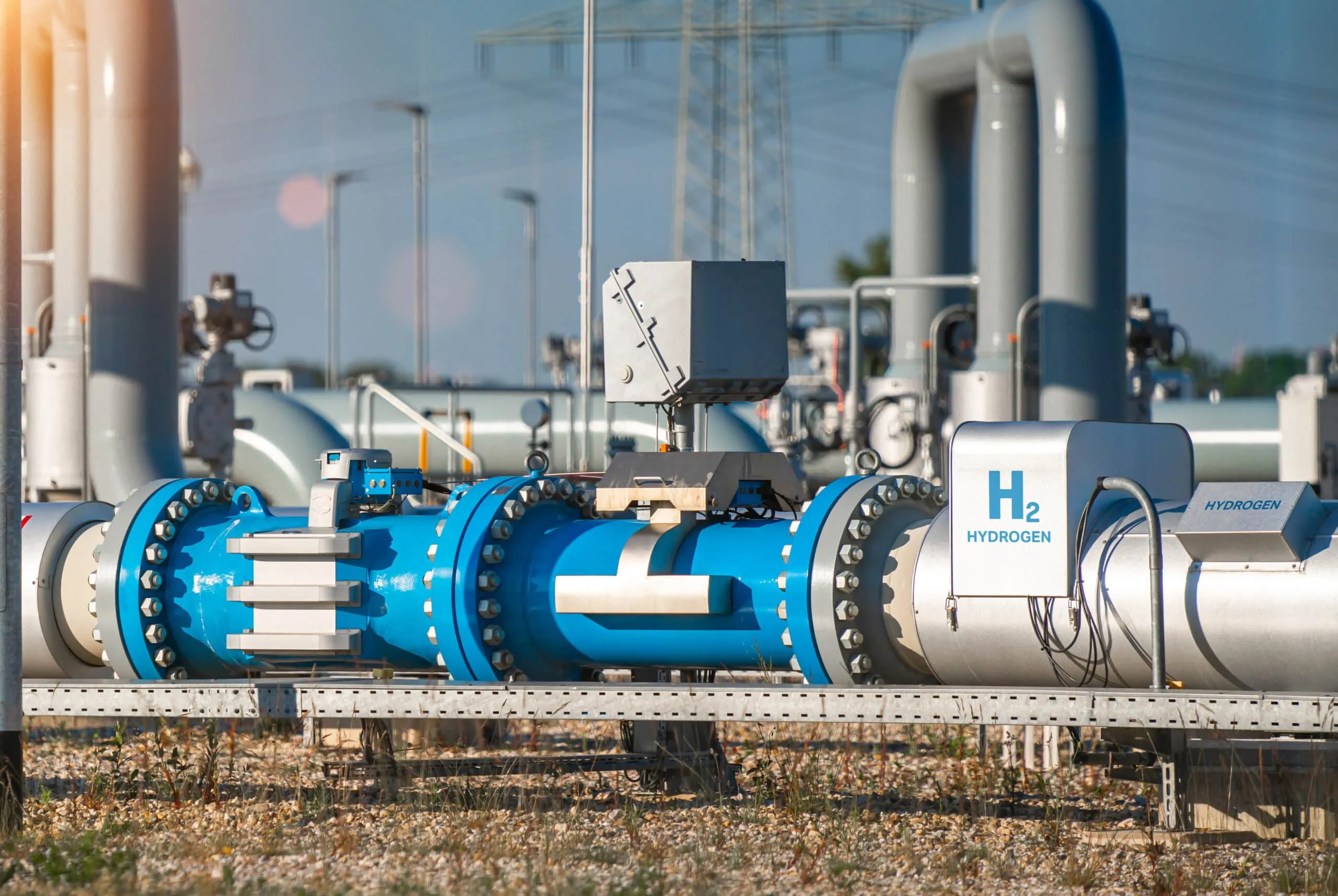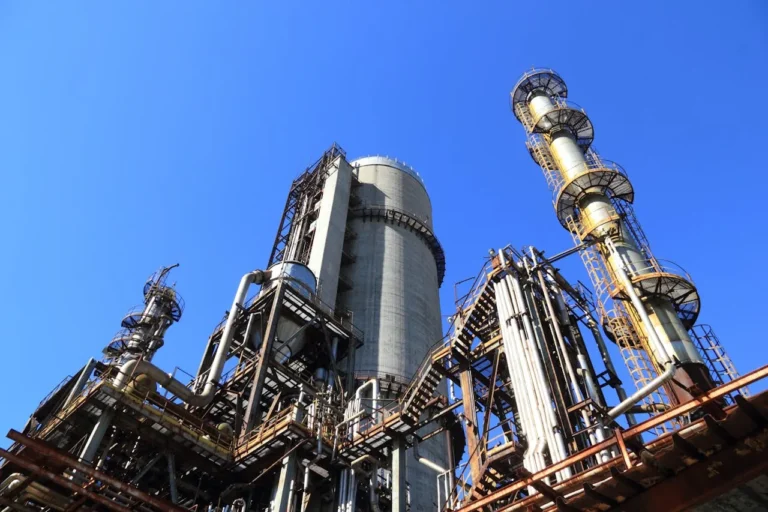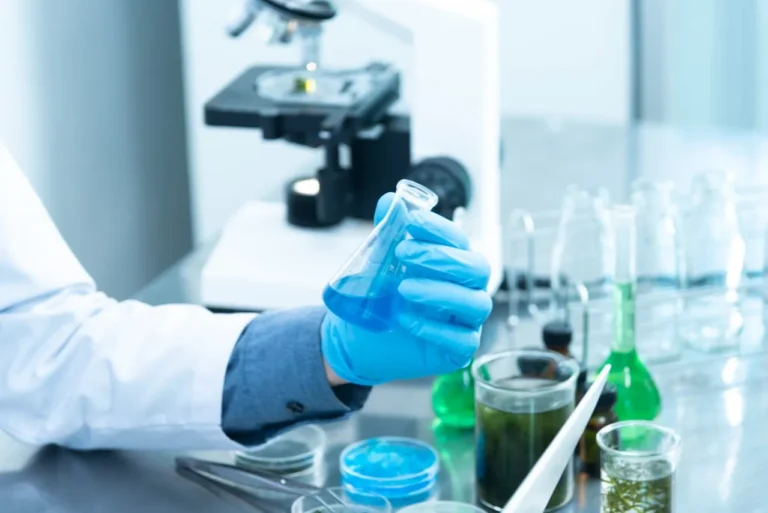
H2SITE Secures EIC Accelerator Funding to Deploy Groundbreaking Ammonia Cracker at Northwest European Port
H2SITE has been selected for funding by the European Innovation Council (EIC) Accelerator program to support the deployment of a pioneering ammonia cracking unit capable of producing one ton per day (TPD) of high-purity hydrogen. This project marks a significant technological milestone, showcasing H2SITE’s proprietary membrane reactor technology, which uniquely combines ammonia decomposition and hydrogen separation in a single, compact system.
At the heart of this system is H2SITE’s advanced palladium-based membrane reactor. Unlike conventional ammonia crackers, which rely on multi-step processes and high operating temperatures, H2SITE’s integrated solution enables catalytic ammonia decomposition and selective hydrogen extraction simultaneously. This one-step approach delivers a host of performance and efficiency advantages, making it a potentially transformative solution for clean hydrogen generation from ammonia.
Key Advantages of H2SITE’s Ammonia Cracking Technology
H2SITE’s system stands out for its technological efficiency and operational simplicity. The following benefits distinguish it from conventional ammonia cracking systems:
- Lower Levelized Cost of Hydrogen (LCOH): The integrated design and high efficiency of the membrane reactor significantly reduce the cost of hydrogen production from ammonia, making it competitive with other hydrogen generation methods.
- Reduced Energy Requirements: Traditional ammonia crackers typically operate at temperatures between 600–800°C. H2SITE’s reactor functions efficiently at 400–450°C, representing a major reduction in energy consumption and improving overall system economics.
- High Purity Hydrogen Output: The hydrogen produced meets ISO 14687 Grade D standards, making it suitable for direct use in fuel cells, industrial applications, and other clean energy uses without additional purification steps.
- Compact, Modular Design: The system’s compact footprint and modular architecture support decentralized hydrogen production close to end users, reducing transport costs and enabling flexible deployment in diverse settings.
Industrial Demonstration to Validate Commercial Readiness
The funded project will result in the deployment of a full-scale demonstration plant at a key port in Northwest Europe. The facility will showcase the operational capabilities and commercial viability of H2SITE’s membrane reactor technology under real-world industrial conditions. The unit will produce 1 TPD of hydrogen, providing a strategic proof point for scaling the technology across multiple sectors.
This pilot is not only a technology demonstration but also a strategic move toward decarbonizing sectors that are particularly hard to abate, such as heavy industry, maritime transport, and energy-intensive manufacturing. By proving the system’s performance at this scale, H2SITE aims to accelerate market entry and adoption of its ammonia-to-hydrogen technology across Europe and globally.
Strategic Importance of Ammonia as a Hydrogen Carrier
As global demand for clean hydrogen continues to rise, finding efficient and scalable transport solutions is increasingly important. Ammonia has emerged as a leading hydrogen carrier thanks to its high volumetric energy density, established global supply chains, and relative ease of storage and transport. Over 20 million tons of ammonia are transported by ship each year, leveraging a mature logistics infrastructure.
However, the bottleneck in the hydrogen-from-ammonia value chain has long been the cracking process—converting ammonia back into usable hydrogen. H2SITE’s membrane reactor directly addresses this challenge, offering a cleaner, more efficient, and modular alternative to conventional technologies.
“This project represents a significant milestone in the development of our technology. It paves the way for the next steps towards commercializing our units for industrial sectors, energy hubs (such as ports and large distribution centers), and on-board maritime applications,” said Andrés Galnares, CEO of H2SITE.
Enabling the Hydrogen Economy
By enabling cost-effective, decentralized hydrogen production from ammonia, H2SITE’s technology plays a crucial role in building a robust, flexible hydrogen economy. Whether integrated into large energy hubs or deployed in distributed settings, the membrane reactor-based cracker could become a cornerstone of the hydrogen supply chain—especially in regions prioritizing the decarbonization of transport, industry, and power.
The support from the EIC Accelerator program affirms the EU’s commitment to breakthrough clean energy solutions and positions H2SITE as a leader in next-generation hydrogen infrastructure.
As commercialization advances, the success of this demonstration project will be a critical step toward scaling up clean hydrogen deployment and unlocking ammonia’s full potential as a global hydrogen vector.







